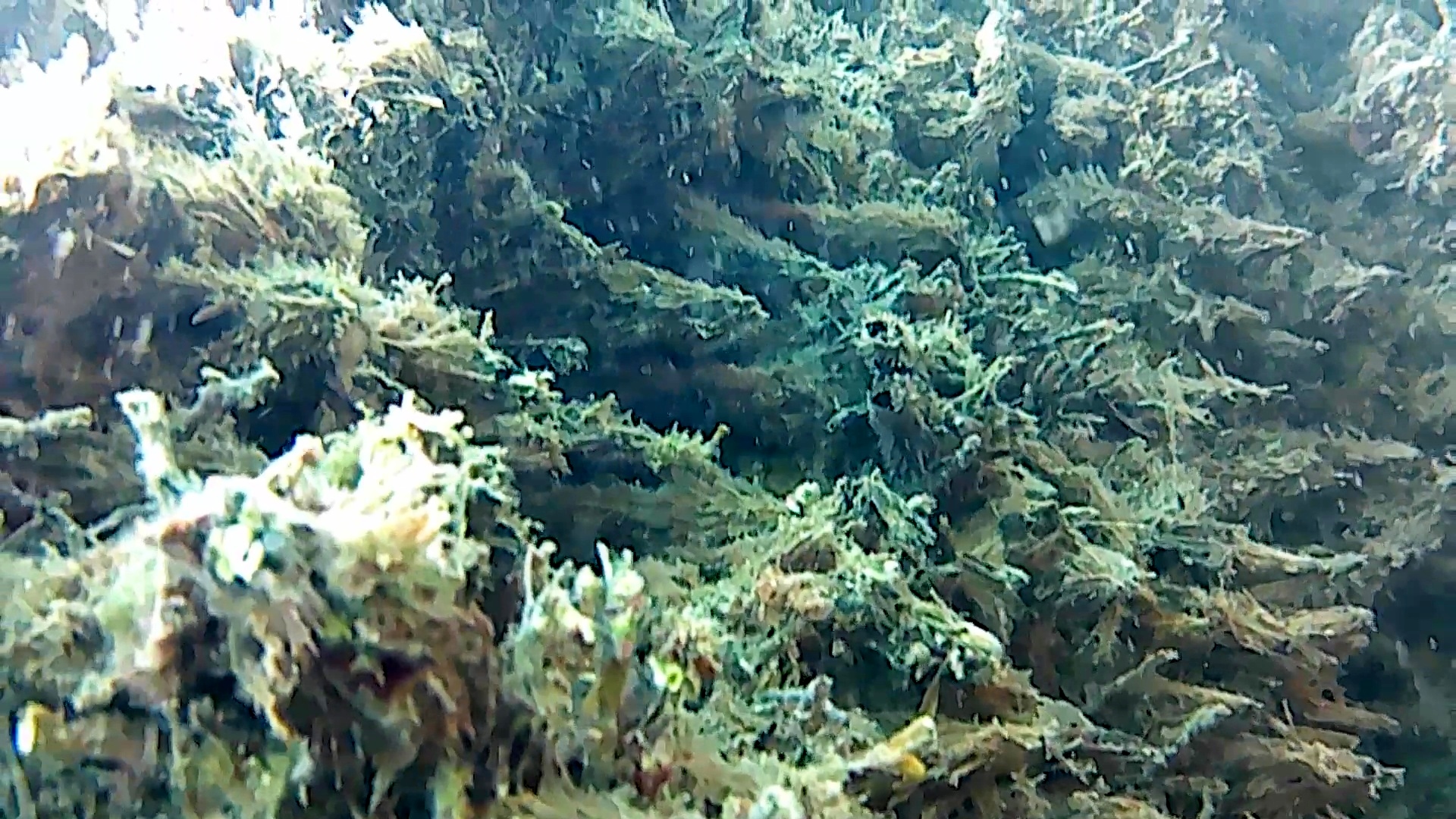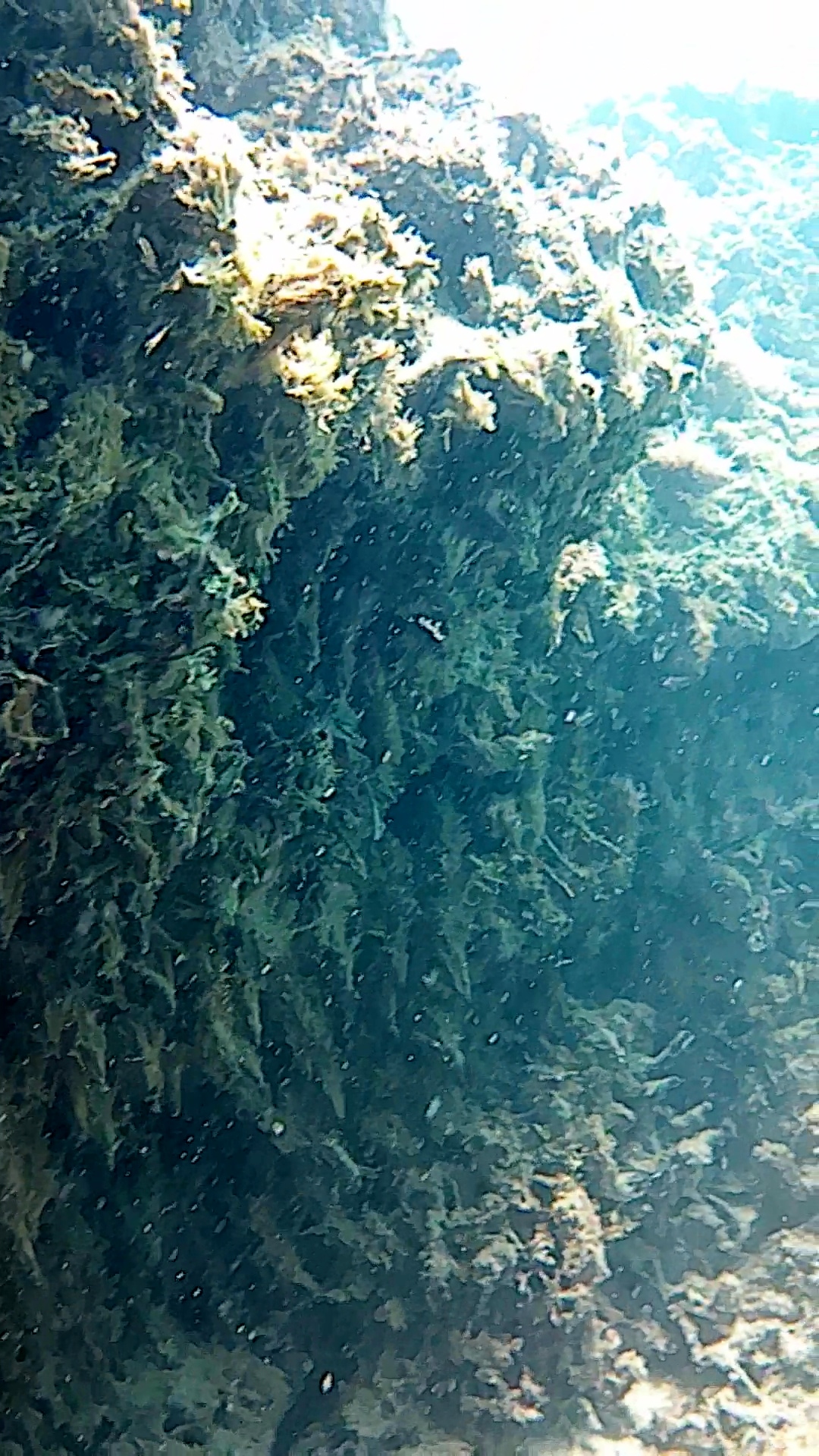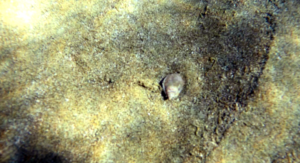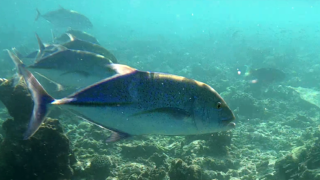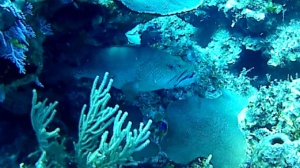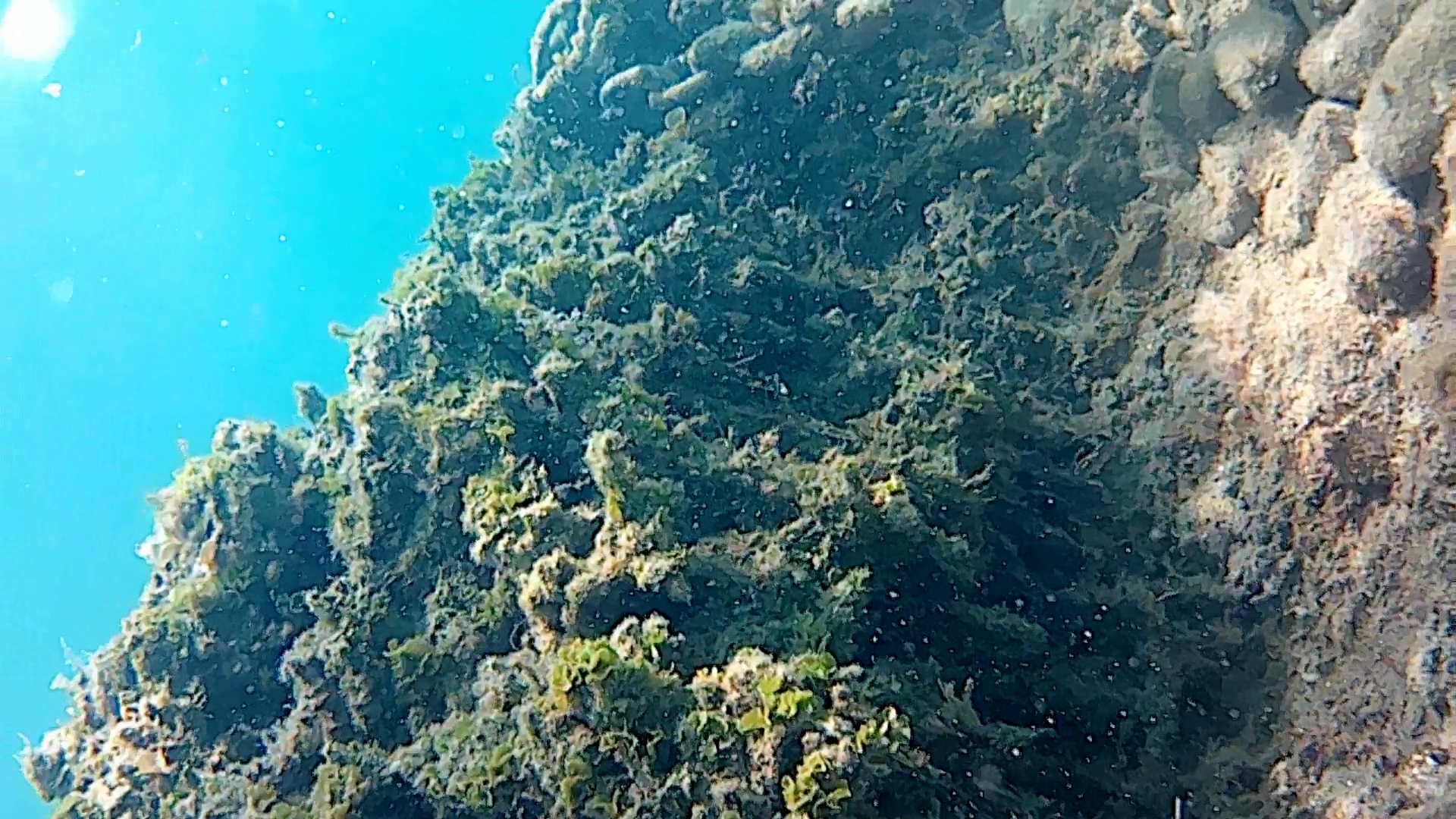
Mat of Oceanic Posidonia Matta di Posidonia Oceanica
The vertical growth of the rhizomes leads to the formation of a structure called Mat, consisting of a tangle of dead rhizomes and roots among which the sediment remains trapped. Only the top part of these structures is formed by live plants.
The formation of the Mat depends mostly on sedimentation rates. A high sedimentation rate can lead to excessive silting of the rhizomes and therefore to their suffocation; On the contrary, too slow a sedimentation can lead to the lifting of the rhizomes and the regression of the prairie. Because the rate of decay of the rhizomes is very slow they can remain within the wild even for millennia.
The growth of the Matta has been estimated by many scholars in about 1 m per century.
In This movie we show you a mat dead Posidonia. The plant of Posidonia, due to pollution, to climate change or to reasons that we do not know, is dead leaving only the rhizomes.
You can see very well how the wave motion has undermined part of the substratum and this phenomenon contributes to the erosion of the beaches. The Posidonia prairie is in fact a natural barrier to coastal erosion.
This species is found only in the Mediterranean Sea where it is in decline, occupying an area of about 3% of the basin. This corresponds to a surface area of about 38,000 square kilometres (15,000 sq mi). Posidonia grows best in clean waters, and its presence is a marker for lack of pollution. The presence of Posidonia can be detected by the masses of decomposing leaves on beaches. Such plant material has been used for composting, but Italian laws prohibit the use of marine algae and plants for this purpose.
It happens more and more often to be found on the shorelineof spherical agglomerates, similar to tennis balls, light brown feltrosa consistency these are due to the intertwining of fraying foliar residues fibrosis around the rhizome of the plant and their aggregation by the of the marine undertow. Matta di Posidonia Oceanica
 English
English Italiano
Italiano



